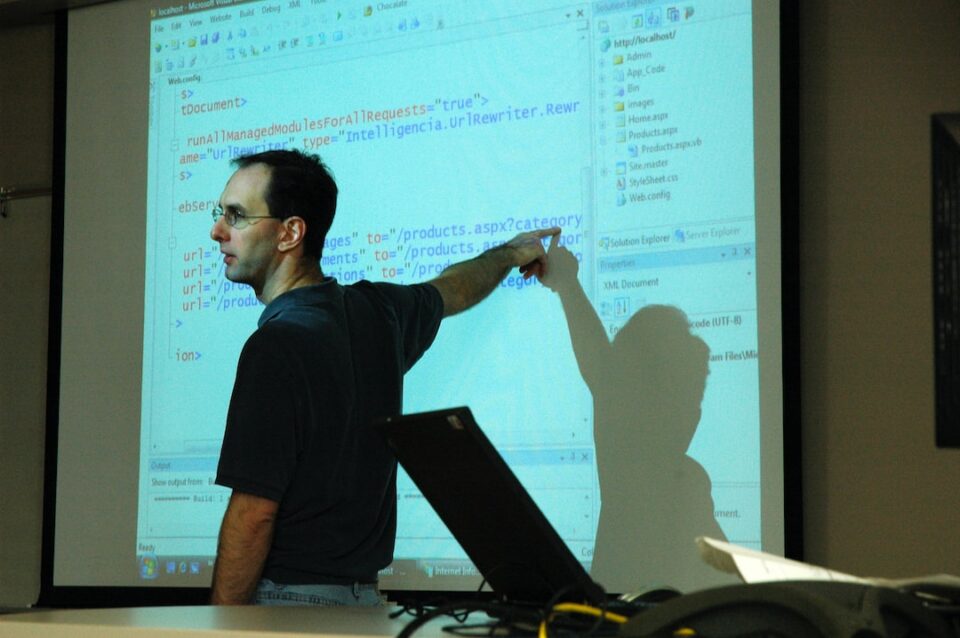The Internet of Things (IoT) continues to gain traction and transform the way we live and work. IoT technology, which enables devices and objects to connect, communicate, and exchange data via the internet, is the driving force behind smart homes, cities, industries, and healthcare. As we delve deeper into the digital age, it is essential to keep abreast of the latest trends in IoT technology that are shaping our world.
One of the prominent trends in IoT technology is the widespread adoption of 5G networks. With its lightning-fast speed and low latency, 5G networks are revolutionizing IoT applications by enabling real-time data processing and analytics. This is particularly significant in industries like healthcare, transportation, and manufacturing, where split-second decision-making is crucial. 5G networks also have the capacity to connect millions of devices simultaneously, making them an ideal choice for smart city initiatives.
Another trend in IoT technology is the integration of Artificial Intelligence (AI) and Machine Learning (ML). AI and ML algorithms enable connected devices to learn and adapt over time, thereby enhancing their efficiency and effectiveness. For example, smart home devices can learn an individual’s routines and preferences to automate tasks, such as adjusting lighting and temperature. In industries, AI-powered IoT solutions can identify patterns and anomalies in data, detect potential issues, and facilitate predictive maintenance. The combination of AI, ML, and IoT is paving the way for intelligent automation and decision-making, driving productivity and innovation.
Edge computing is also gaining prominence in the IoT landscape. Traditionally, IoT devices send data to centralized cloud servers for processing and analysis. However, with the exponential growth of IoT devices and the need for real-time data processing, the cloud can become overwhelmed. Enter edge computing, which enables data processing and analysis to be done locally on the device or at the edge of the network. This reduces latency, bandwidth usage, and the dependency on cloud services. Edge computing is especially beneficial in scenarios where real-time decision-making is critical, such as autonomous vehicles and healthcare monitoring devices.
Security and privacy are perennial concerns in the IoT domain. As IoT deployments increase, so does the potential for security breaches and data theft. Therefore, one of the latest trends in IoT technology is the focus on enhancing security measures. Measures such as end-to-end encryption, identity management, and secure bootstrapping are being implemented to ensure the integrity and confidentiality of IoT data. Additionally, Blockchain technology is being explored to create tamper-proof and decentralized systems, thus enhancing security and trust in IoT networks.
The convergence of IoT and Blockchain technology is another exciting trend. Blockchain, the technology underlying cryptocurrencies like Bitcoin, offers a decentralized and transparent method of recording and verifying transactions. When applied to IoT, Blockchain can enable secure and trusted sharing of data between connected devices without the need for intermediaries. For instance, smart grids can leverage Blockchain technology to facilitate peer-to-peer transactions between energy producers and consumers, eliminating the need for traditional energy providers. This trend not only enhances security but also provides cost savings and efficiency gains.
Lastly, sustainability is emerging as a significant trend in IoT technology. As the world strives to reduce its carbon footprint and conserve resources, IoT plays a pivotal role in achieving sustainability goals. Smart grids, for example, optimize energy consumption by monitoring and adjusting power usage in real-time. Smart agriculture systems deliver the right amount of water and nutrients to crops, minimizing waste. Additionally, smart buildings use IoT sensors to optimize heating, cooling, and lighting, reducing energy consumption. These IoT-powered solutions contribute to a greener and more sustainable future.
In conclusion, the latest trends in IoT technology are revolutionizing the way we live and work. From the integration of 5G networks and AI to the implementation of Blockchain and edge computing, IoT is ushering in a new era of connectivity, efficiency, and innovation. As we continue to explore the potential of IoT, it is important to stay updated on these trends to make informed decisions and leverage the full capabilities of this transformative technology.

